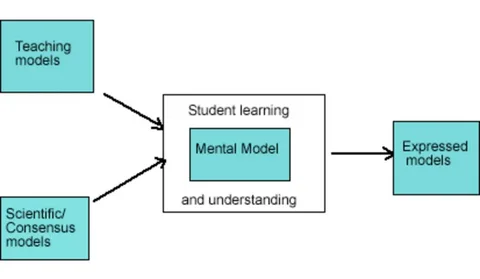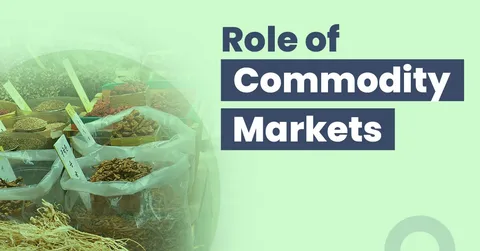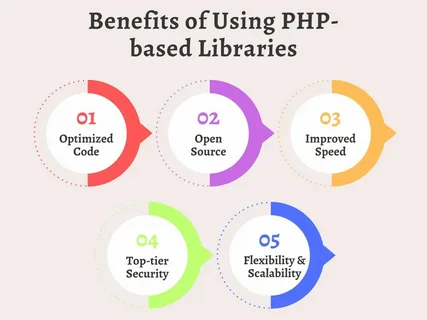WxRisk BlueSky is a powerful combination of weather forecasting and environmental modeling. WxRisk is known for its specialized weather forecasts designed for energy markets, commodities, and agriculture. On the other hand, BlueSky is a modeling framework that predicts air quality, wildfire smoke movement, and pollution effects. Together, they create a system that helps industries, traders, and planners understand risks more clearly.
The concept of WxRisk BlueSky is valuable because it does not just focus on temperature or rainfall. It also includes environmental impacts that can affect communities and markets. For example, while WxRisk predicts a heatwave, BlueSky can model the resulting wildfire smoke spread. This combined analysis supports better planning for businesses and safer outcomes for the public.
What is WxRisk and Its Role in Weather Forecasting
WxRisk is a professional weather forecasting service that goes beyond the standard weather updates. It focuses on markets where weather conditions directly influence supply and demand. For example, natural gas traders use WxRisk to anticipate cold spells that increase heating demand. Similarly, agriculture relies on WxRisk to understand rainfall and drought patterns that impact crop yields.
The detailed reports provided by WxRisk are trusted by energy companies and commodity investors. Unlike general forecasts, these reports highlight specific patterns that can shape economic decisions. By offering long-range and detailed predictions, WxRisk reduces uncertainty for industries that face heavy losses when weather shifts unexpectedly. This makes it a unique forecasting solution.
Understanding the BlueSky Modeling Framework

BlueSky is a system designed to model and forecast air quality impacts, especially from wildfires. It uses data from satellite observations, weather models, and fire information to predict where smoke will travel and how it will affect air quality. This tool is especially useful for emergency planners, public health organizations, and environmental researchers.
The importance of BlueSky has grown with the rise of severe wildfire seasons around the world. Communities rely on it to prepare for poor air quality events, while health agencies use it to warn the public. By combining fire data with atmospheric conditions, BlueSky helps predict smoke dispersion and its impact on people, animals, and crops.
How WxRisk and BlueSky Work Together
When WxRisk and BlueSky are used together, they provide both weather risk analysis and air quality modeling. For example, WxRisk might predict a dry period and high temperatures, which increase the risk of wildfires. BlueSky then models the smoke that could result from those fires, showing where it will move and how long it may affect certain regions.
This partnership allows for more complete planning in industries like energy and agriculture. Businesses can prepare for both weather-related demand changes and environmental impacts. Traders, for example, can use this combined data to adjust strategies when both heatwaves and smoke conditions influence energy use and production.
Importance for Energy and Commodity Markets

Energy and commodity markets are heavily affected by weather conditions. A small shift in temperature can change energy consumption trends, while storms can disrupt supply chains. WxRisk forecasts these events in advance, helping traders plan ahead. When combined with BlueSky, businesses also gain insights into how environmental factors may impact operations.
For instance, wildfire smoke not only lowers air quality but can also reduce solar power generation by blocking sunlight. At the same time, increased heat drives higher electricity demand. Understanding these risks gives market players a competitive advantage. With accurate forecasts, they can avoid losses and take advantage of opportunities.
Role in Agriculture and Environmental Planning
Agriculture depends heavily on both weather and environmental conditions. Farmers rely on rainfall, temperature, and seasonal forecasts for planting and harvesting. WxRisk provides these insights, while BlueSky shows how smoke or pollution may harm crops or reduce air quality for workers. This combination makes planning more effective.
Environmental planners also use BlueSky to prepare for wildfire smoke events that affect cities and rural areas. By combining weather risk forecasts from WxRisk, they can anticipate when conditions may worsen. This allows communities to take timely precautions, reducing both economic and health-related impacts.
Benefits of Using WxRisk BlueSky Analysis

One of the biggest benefits of WxRisk BlueSky is the ability to prepare for multiple risks at the same time. Instead of looking only at temperature or storms, decision-makers can also consider environmental factors like wildfire smoke or pollution. This creates a stronger and more reliable forecast for planning.
Another benefit is better decision-making for industries that deal with high financial stakes. Energy traders, farmers, and planners reduce uncertainty by using both weather and environmental data together. This makes it easier to manage risks, save money, and protect public health.
Limitations and Challenges to Consider
Although WxRisk BlueSky offers many benefits, it also comes with challenges. Weather and environmental forecasts are complex, and no model is 100% accurate. Sudden changes in climate patterns or unexpected natural events can still create surprises. Users must be prepared for a margin of error in forecasts.
Another challenge is the reliance on data quality. Both WxRisk and BlueSky depend on accurate satellite data, weather models, and fire information. If the data is incomplete or delayed, forecasts may be less reliable. Therefore, while WxRisk BlueSky is powerful, it should always be used alongside other planning tools.
Future of WxRisk and BlueSky Collaboration

The future of WxRisk BlueSky looks promising as technology improves. With advancements in artificial intelligence, satellite monitoring, and climate modeling, forecasts are becoming more accurate. This will allow even better predictions for weather risks and environmental impacts.
Industries will likely adopt these tools more widely as the need for climate risk management grows. From energy markets to agriculture, the combined insights of WxRisk and BlueSky will help businesses and communities adapt to a changing climate. In the future, this collaboration could become a standard practice in global risk planning.
Conclusion
WxRisk BlueSky represents a powerful mix of weather forecasting and environmental modeling. By combining WxRisk’s market-focused predictions with BlueSky’s air quality analysis, businesses and planners gain a complete view of risks. This helps industries like energy, commodities, and agriculture make better decisions.
Although challenges exist, the benefits are clear. WxRisk BlueSky improves preparedness for both economic and environmental uncertainties. As climate events become more severe, tools like these will play an increasingly important role in keeping businesses stable and communities safe.
FAQs
What is WxRisk used for?
WxRisk is used for detailed weather forecasts that help energy traders, commodity markets, and agriculture prepare for changes in supply and demand.
What does the BlueSky system predict?
BlueSky predicts air quality and smoke dispersion, especially from wildfires, using fire data and weather models.
How do WxRisk and BlueSky work together?
WxRisk provides weather forecasts, while BlueSky models smoke and air quality. Together, they give a full risk outlook for businesses and communities.
Who benefits from WxRisk BlueSky analysis?
Energy companies, traders, farmers, environmental planners, and public health agencies benefit from these combined forecasts.
Are WxRisk BlueSky forecasts always accurate?
No forecast can be 100% accurate, but WxRisk and BlueSky use advanced models and data to give highly reliable results for planning and risk management.
Related Post:



